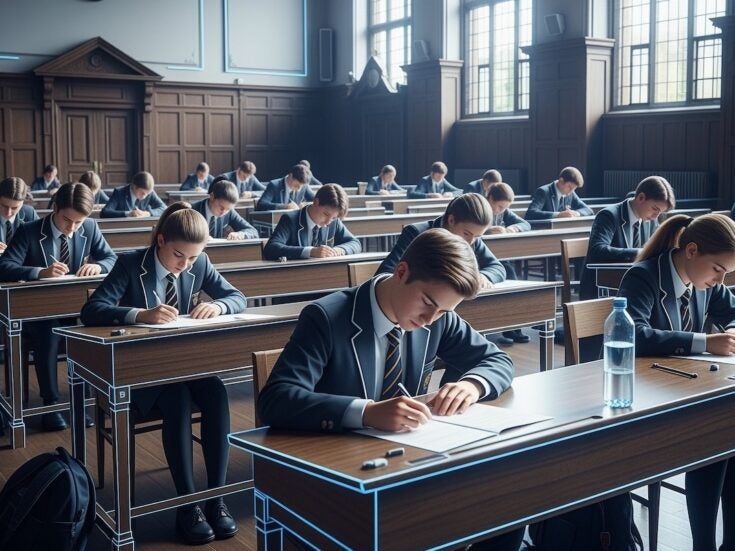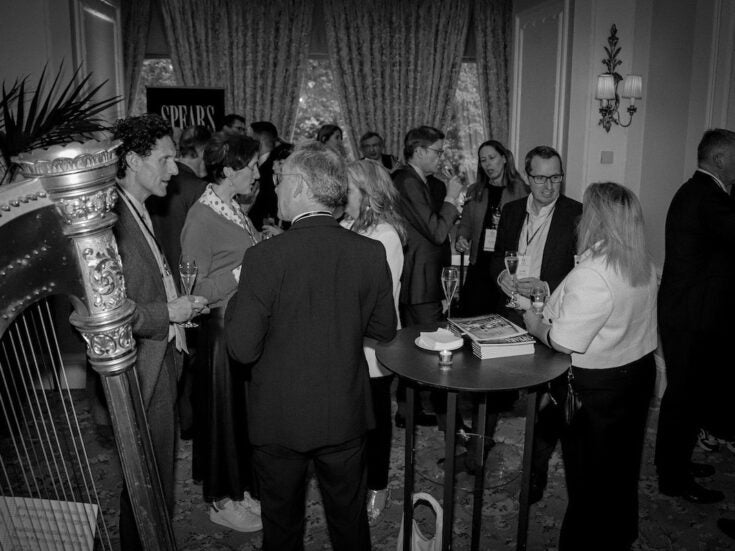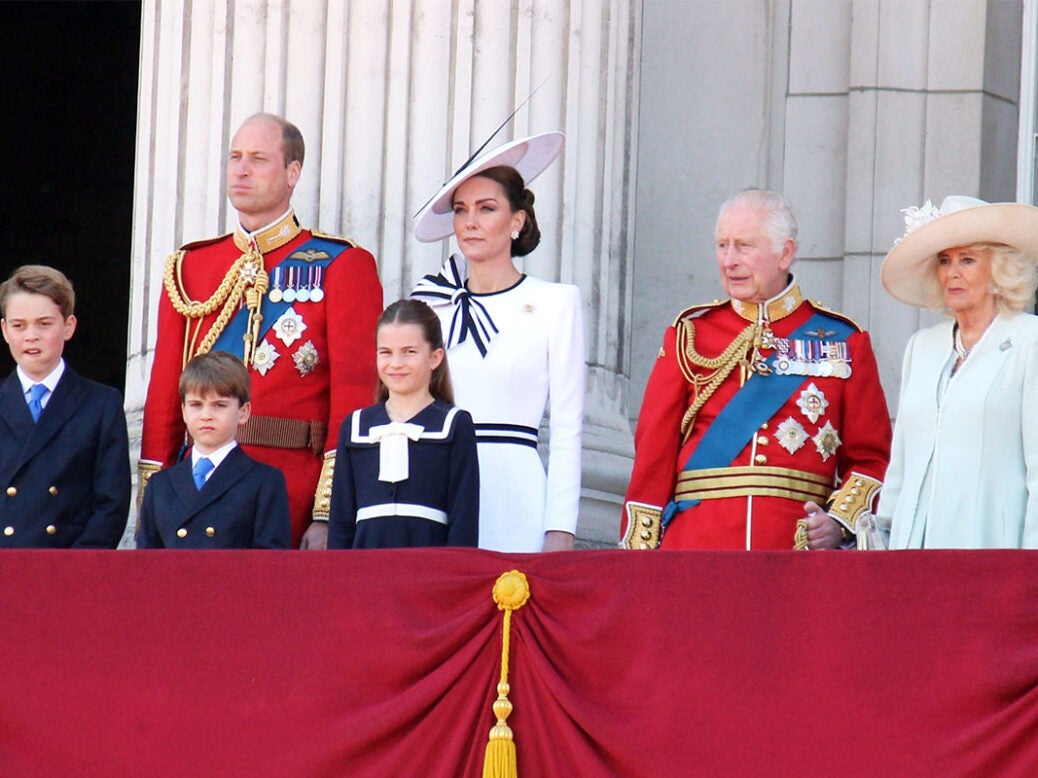
Elite schools have not always been inherent to education for members of the royal family. Queen Elizabeth II and her sister Princess Margaret were the last members of the royal family to be educated at home, closing a long tradition of private tutors and preceptors.
[See also: Introducing the Spear’s Schools Index 2024]
Within the palace, the private education of the royals encompassed everything from academic knowledge to languages, discipline, and awareness of their status.
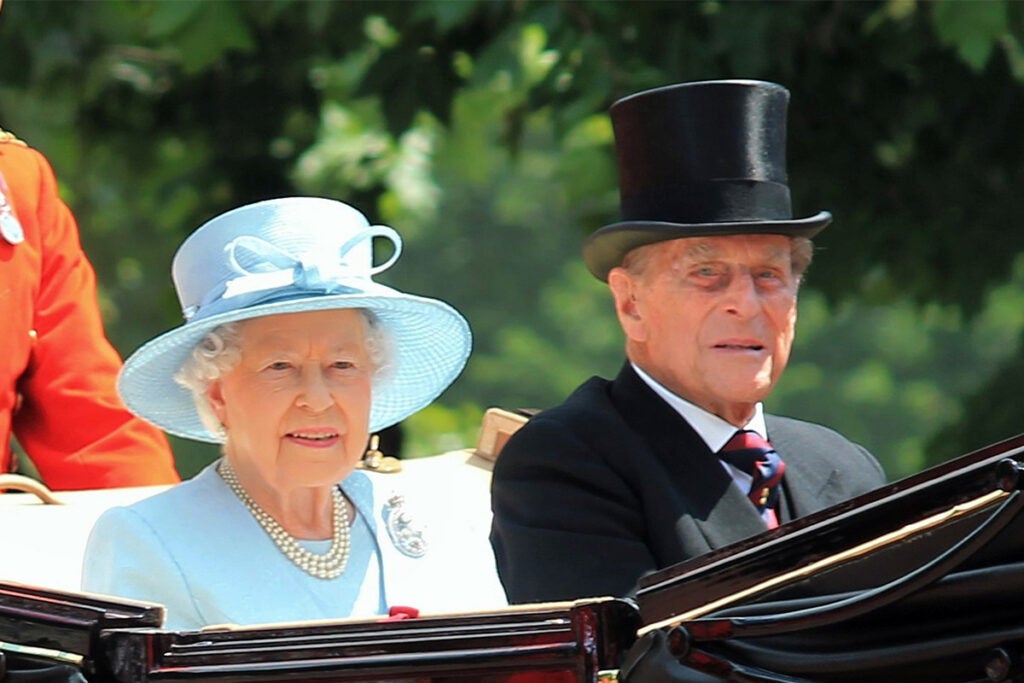
Today, the tradition has changed. Members of the royal family attend schools all over the UK, get acquainted with more traditional education and rub shoulders with other pupils. King Charles III was the first heir apparent to go to school, and the first monarch to have a university degree.
But they don’t just attend any school. With many of the best private schools in the world in Britain, the royals can pick the most suitable institution. From Gordonstoun to Eton, these are the schools attended by the British royal family.
Where did the royals go to school?
Gordonstoun
King Charles III
King Charles III marked the start of a new era of royal schooling when he attended London’s Hill House and Cheam preparatory schools. For his secondary education, he was enrolled at Gordonstoun, a boarding school in the north-east of Scotland. One of the most prestigious schools in the country – and in the world – Gordonstoun is known for its holistic education, focusing on academic excellence but also on preparing pupils for their future life, from sailing skills to charity work.
[See also: The 15 best UK prep schools in 2024]
Prince Phillip
Prince Phillip, Duke of Edinburgh, was among the first pupils to attend the Scottish school founded just before he attended, in 1934. He spoke warmly of his time at the institution and revelled in the rugged, outdoorsy education it offered.
[See also: The most expensive schools in Britain: from Eton to Gordonstoun]
In 1956, Prince Philip founded The Duke of Edinburgh Award, a programme recognised in over 140 countries and that teenagers can follow to achieve tasks and gain skills related to self-empowerment, problem-solving and team working. Several boarding schools in the UK recognise and value this distinction today as one of the most prestigious youth achievements awards.
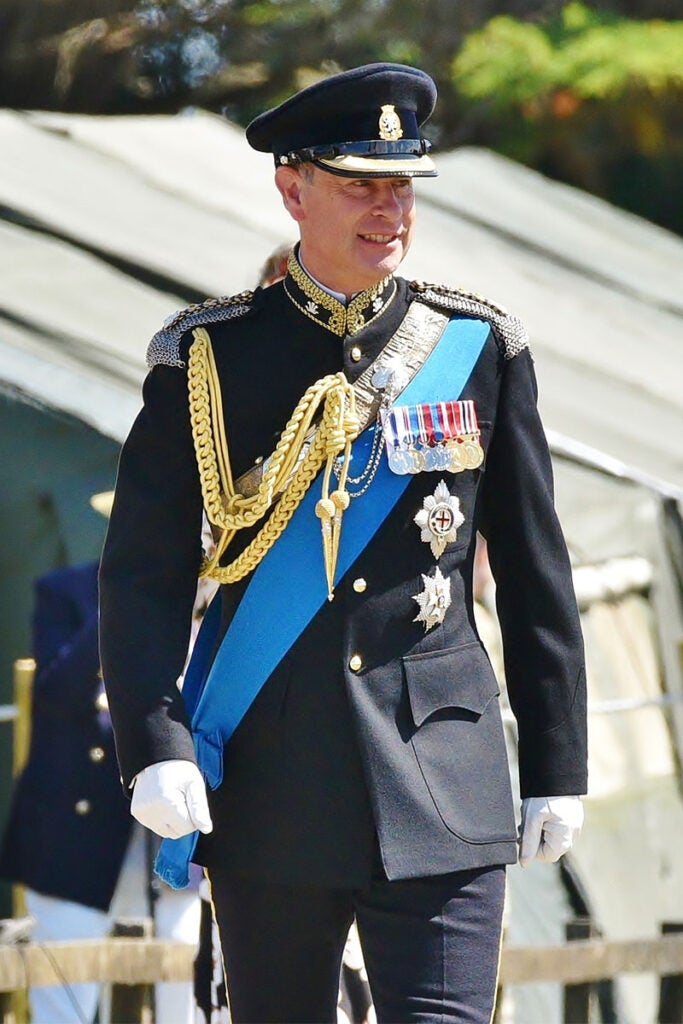
Prince Andrew and Prince Edward
Prince Andrew and Prince Edward, King Charles III’s two younger brothers, both went to Heatherdown Preparatory School in Berkshire. Then, just like their father and their brother, the two princes studied at Gordonstoun.
Both did A-levels in English, history and politics.
Zara Tindall and Peter Phillips
Princess Anne’s two children, Zara Tindall and Peter Phillips, both started their educational journey at Port Regis School in Shaftesbury, Dorset. Their paths did not separate after preparatory school, as they both attended Gordonstoun.
Marlborough College
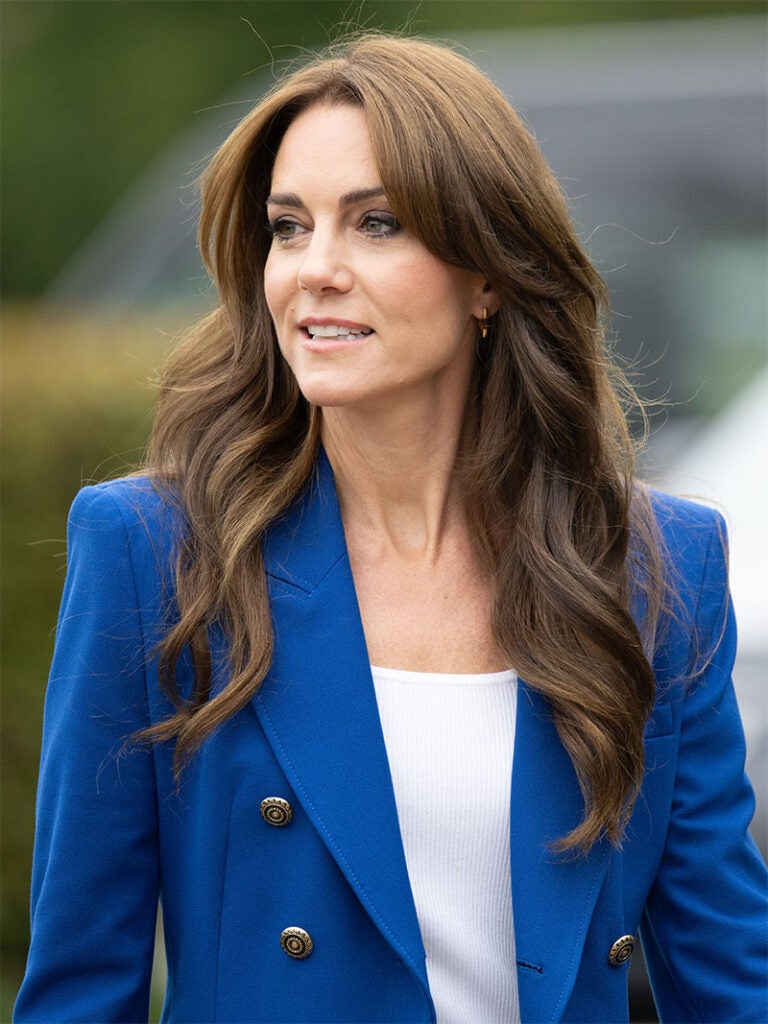
The Princess of Wales
After attending St Andrews Preparatory School in East Sussex, The Princess of Wales joined the renowned Marlborough College in Wiltshire. According to the Spear’s Schools Index, the century-old institution is a ‘diverse community with wellbeing and mutual respect at its heart.’
Princess Eugenie
Though she only studied there for five years, Princess Eugenie joined Marlborough College after a brief time at St George’s School. Queen Elizabeth II’s granddaughter returned to the college for official visits on several occasions after her time there as a pupil.
[See also: Why Marlborough College might be given the royal seal of approval]
Benenden School
Princess Anne
As the first woman in the Royal Family to attend school, Princess Anne studied at Benenden School, one of the leading boarding schools in the UK. The girls-only institution is based in Kent, only a short way from London, and offers an education that revolves around its core values of confidence, compassion, courtesy and courage. In 2023, Benenden was a finalist in Spear’s School of the Year award.
[See also: How to get your child into private school in the UK: the expert guide]
St George’s School

Princess Beatrice
Princess Beatrice, Prince Andrew’s eldest daughter, went to St George’s School in Berkshire, a girls’ school known for its ethos based on confidence and capability. Her sister, Princess Eugenie, attended the same school but only stayed for two years before moving to Marlborough College.
Lady Louise Windsor
Prince Edward’s daughter, Lady Louise Windsor, can also be counted among the alumni of St George’s School. However, she only studied there until Year 9, when she went on to St Mary’s School.
Eton College
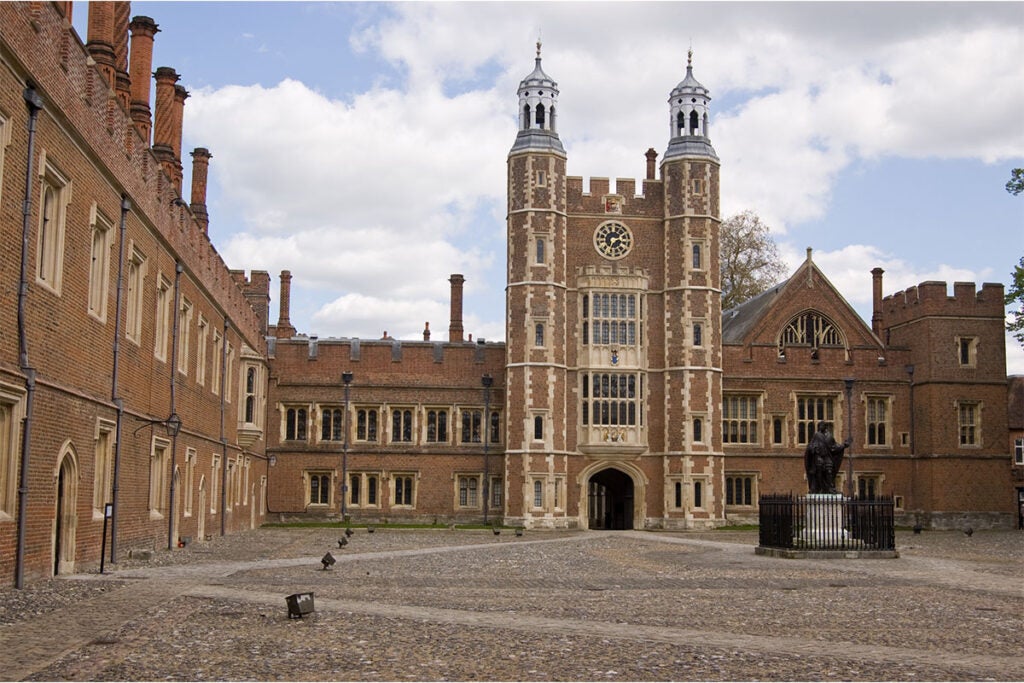
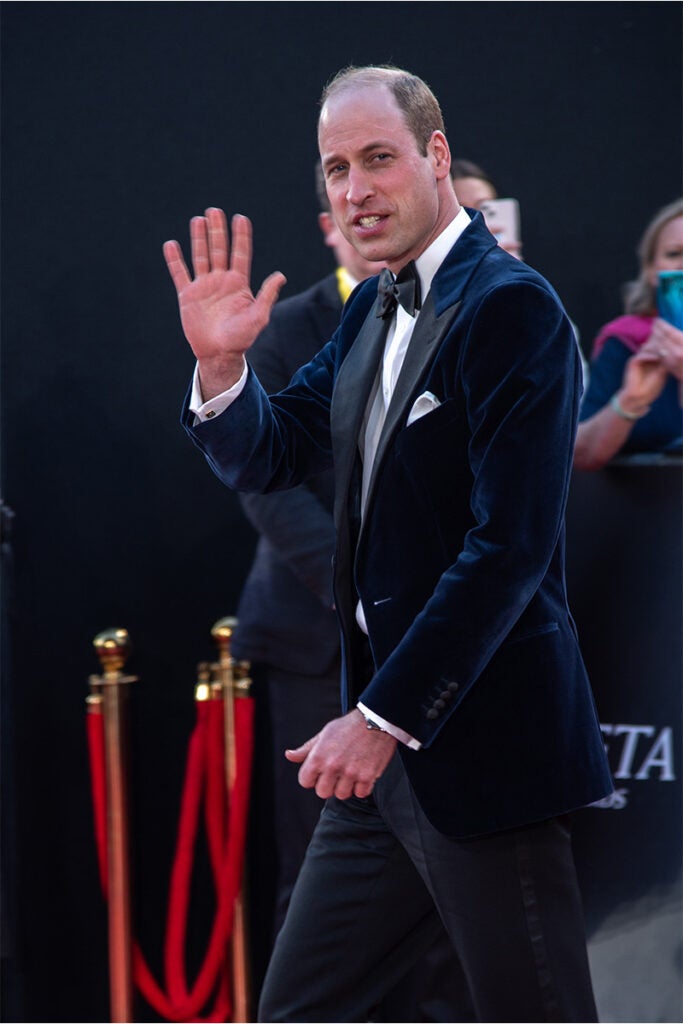
Prince William and Prince Harry
Breaking from the family tradition of boarding at Gordonstoun, Prince William and his younger brother Prince Harry both started their studies at Ludgrove School before going to the world-renowned Eton College. Eton is widely known as one of the most important and prestigious boarding schools in Britain, partly because of its exceptionally high academic standards. The college also offers unrivalled facilities, including an Olympic rowing lake.
Apart from royalty, Eton has educated the likes of George Orwell, David Cameron and John Maynard Keynes.
Radley College
James, Earl of Wessex
After attending the Eagle House preparatory school, the son of Prince Edward joined Radley College in Oxfordshire. Among its core principles, the full boarding school bases its educational programmes on students ‘kindness’ and ‘love of life’.
Where will Prince George go to school?
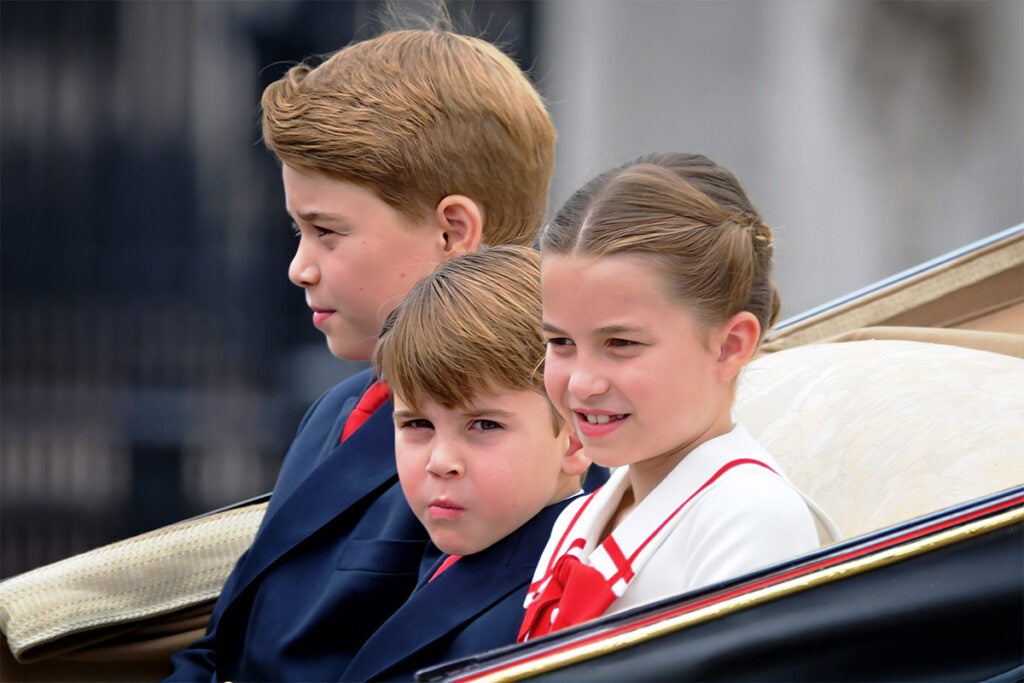
Prince George, Princess Charlotte and Prince Louis
While the Royal Family has yet to announce where Prince George will go to school, all three children of the Prince and Princess of Wales – George, Charlotte and Louis – are enrolled at Lambrook Preparatory School. Lambrook is part of Spear’s 2024 index of the best UK prep schools and is widely recognised for its academic excellence, with a common entrance exam pass rate of 100 percent.
Prince George has been previously spotted visiting both Eton College and Marlborough, so there is a chance he will follow in the footsteps of either his mother or father. However, he is unlikely to start secondary school until the age of 13.

